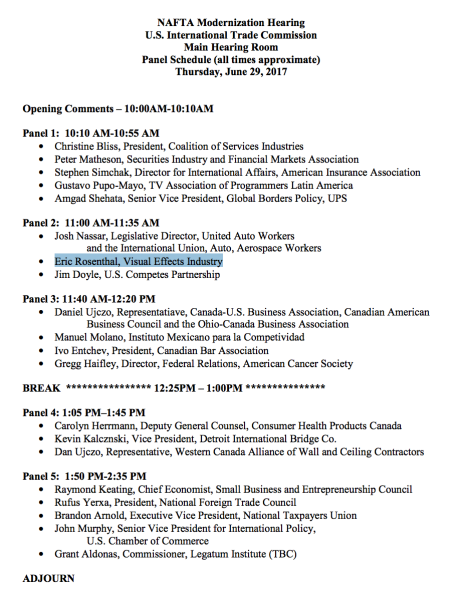Does anybody even still visit this blog? It’s been six years and I didn’t even remember the password to log in to write this post. Anyways, how are all of you? Hope you’ve been well. Since the last time I wrote on this blog I got married, bought a house here in LA, and had a couple of kids: A two year old and a 10 month old that I’ve recently been on paternity leave for the next couple of months. I guess you can say I traded in trying to change the world for changing diapers! Its been fun honestly. Kids surprisingly make life less stressful.
Every few months I still get pinged by someone in VFX asking where am I or if I could lend them some advice and I’ve always been happy to try to help but I’ve been so busy with just living life. My dreams came true and I hope the same is true for you all. When I decided to hang up the VFX Soldier stuff I always said I’d come back to write something if there was something significant that happened in VFX and this past week it seems like something surprising occurred:
Visual effects (VFX) crews at Marvel Studios have voted to unionize, IATSE announced on Monday. A press release notes that “A supermajority of Marvel’s more than 50-worker crew had signed authorization cards indicating they wished to be represented by the International Alliance of Theatrical Stage Employees (IATSE).” “For almost half a century, workers in the visual effects industry have been denied the same protections and benefits their coworkers and crewmates have relied upon since the beginning of the Hollywood film industry,” said Mark Patch, VFX organizer for IATSE, in a statement announcing the filing. “This is a historic first step for VFX workers coming together with a collective voice demanding respect for the work we do.”
I wanted to come back to the blog to congratulate all the VFX pros at Marvel that helped unionize. While I understand this only applies to onset crew I’m hopeful that this can reignite a discussion across the industry and around the world. I’ve even heard that VFX artists in India are trying to unionize. Given that we are in the middle of an unprecedented strike with the WGA and SAG involving concerns over AI I’m honestly shocked that none of them have thought about trying to bring VFX into the fold. The use of AI will likely involve VFX professionals and organizing VFX would give them some control over those issues. The studios would probably concede to end the strike if there was a threat of a VFX work stoppage.
Over the years I was tragically amused that the same issues I spent countless hours trying to change were still bubbling up in various media articles and its not an easy issue to fix. Around 10 years ago former Digital Domain CEO and ILM GM Scott Ross commented on my blog aptly comparing the VFX industry to a heroine user taking methadone. Everyone in VFX agrees that they want to cure the industry of its problems and the general resistance to unionization is that while it can help treat a lot of the symptoms, they want a cure-all.
My view is that in order to change the VFX industry you have to bring the studios to the negotiating table and the way to do that is either with a trade organization or a labor union. Another option I tried was to attempt to use international trade law to threaten to take away government subsidies the studios heavily relied on. There were many that said the studios wouldn’t care about the efforts of one little VFX artist like me but years later Sony hack emails revealed that not only were the MPAA and US studios concerned with my efforts but they even admitted that “The VFX guys have been smart frankly about turning this around in on us“.
So while some might dismiss you as a little snowflake for trying to bring change, if enough snowflakes join together you can end up with an avalanche of change.
Soldier On.



 Posted by VFX Soldier
Posted by VFX Soldier 



